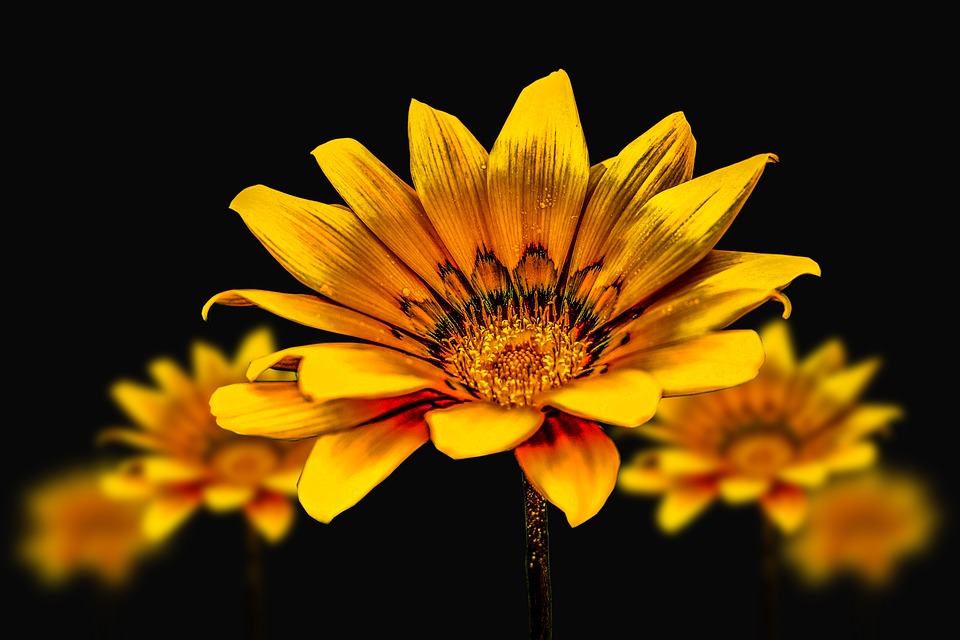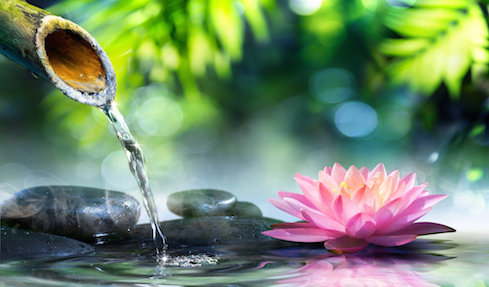Nonetheless, Vajrayana was propagated in Tibet and the lineage of Tibetan Vajrayana kept intact and pure. As Vajrayana places great emphasis on pure lineage, requirement for oral transmission is absolute in order to stamp out false teachings. For the same reason, many strange terms are used deliberately in the Vajrayana texts so that only realized vajra masters can explain what they mean. Another feature of Tibetan Buddhism is to clarify questions through debate; any viewpoint, even just a sentence, can be traced back to its origin in these debates until finally it is proven the bona fide words of the Buddha. Thus, the doctrine of Tibetan Vajrayana is totally reliable.
~Depicted from GATEWAY TO VAJRAYANA PATH - The Parable of a Black Snake











